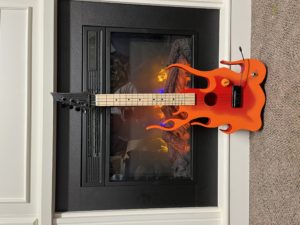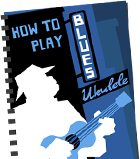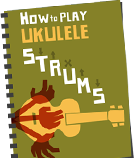boygenius – Ketchum, ID (Tab)
Here’s a quick version of my favourite boygenius song: Ketchum, ID. It’s straightforward to play on uke and uses one finger per string picking the whole way through.
Intro: This is my own noodling over the C-F-C-G chord progression. A good place to pick out your own version.
Verses: Both verses (I’ve gone with the Phoebe Bridgers verse and Lucy Dacus verse) are simple melodies that are just played in the first position.
Choruses: The choruses move up and down the neck as I do my best to recreate the harmonies on uke. But the pace is stately so it’s not too tricky.
There are small differences between the choruses. Notably an Am chord in bar 49 for the final chorus.
Bridge: Another place you can introduce your own ideas. I’ve stuck fairly close to the original.
Links
Buy the original
More 2010s tabs and chords
Uke Hunt Patreon



